Introduction to Vanilla Bean Cake
Vanilla bean cake is a delightful dessert that captivates the senses with its rich flavor and moist texture. This cake stands out due to the use of real vanilla beans, which infuse the batter with a depth of flavor that extracts from standard vanilla extract. The vanilla bean cake recipe is not only simple to follow but also allows for creativity in its presentation and flavor variations. As you embark on this baking journey, you will discover that the right ingredients and techniques can transform a classic cake into a gourmet experience. Furthermore, this recipe is ideal for various occasions, from birthdays to elegant gatherings, making it a versatile addition to your baking repertoire.
Ingredients Overview
When preparing a vanilla bean cake, the quality of ingredients plays a significant role in achieving the best results. The following list comprises essential components for the vanilla bean cake recipe:
- All-purpose flour: This forms the base of your cake, providing structure.
- Granulated sugar: This sweetens the cake while enhancing its texture.
- Unsalted butter: It adds richness and moisture.
- Eggs: They contribute to the cake’s structure and stability.
- Vanilla beans: Fresh beans will impart the most flavor.
- Baking powder: This is crucial for leavening the cake.
- Milk: This adds moisture and tenderness.
By selecting high-quality ingredients, you ensure that your vanilla bean cake recipe yields a deliciously satisfying result.
For further insights into selecting and using vanilla beans, explore this detailed guide on enhancing cake recipes with gourmet touches.
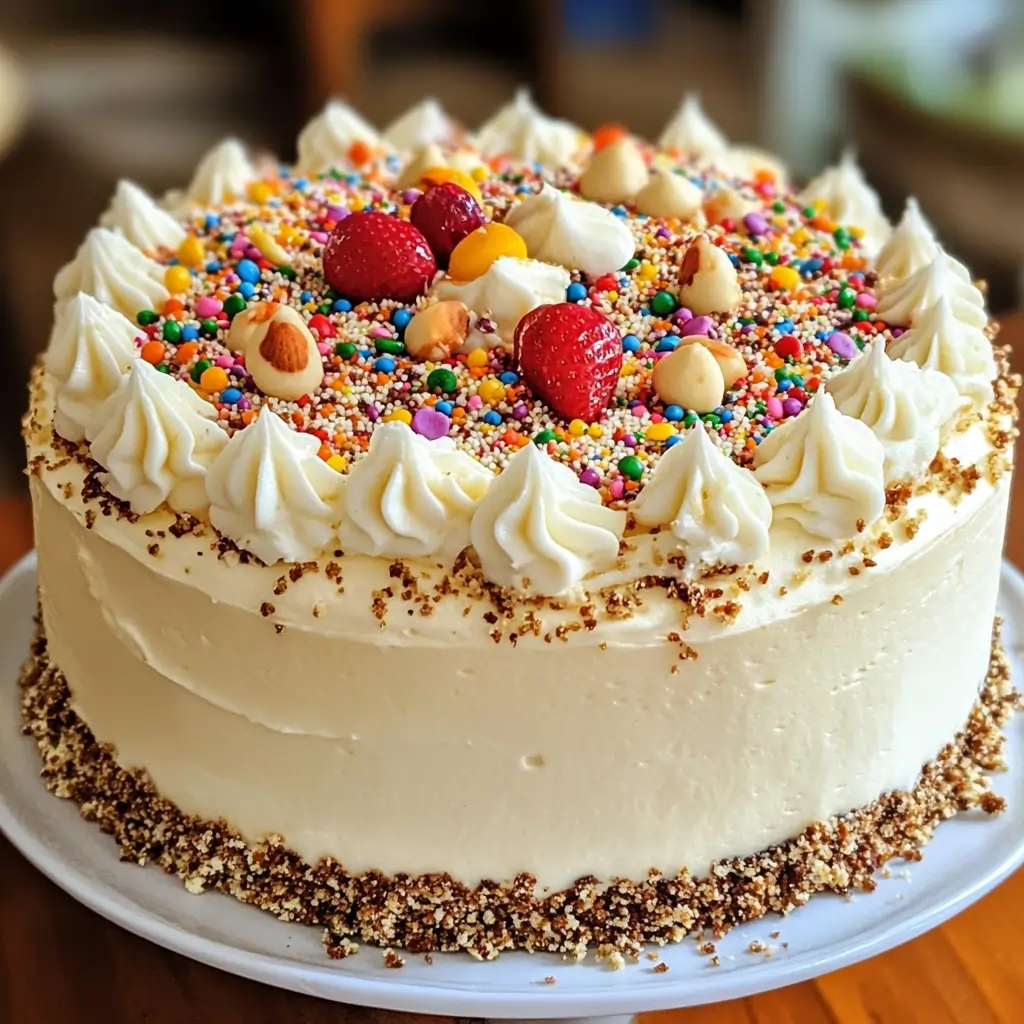
Tools Needed
Having the right tools is essential for a successful baking experience. Here are some necessary tools for your vanilla bean cake recipe:
- Mixing bowls: For combining ingredients.
- Electric mixer: For efficient mixing of batter.
- Measuring cups and spoons: To ensure accurate ingredient quantities.
- Spatula: For folding ingredients gently.
- Cake pans: To shape the cake; typically, 8-inch round pans are ideal.
- Cooling rack: For cooling the cake after baking.
Each step ensures your cake batter is smooth and evenly mixed. For more baking tips, refer to this cake preparation guide.
Preparation Steps
Before diving into the vanilla bean cake recipe, it is crucial to prepare your workspace and ingredients. Here are some key preparation steps to consider:
- Preheat your oven: Set it to 350°F (175°C) to ensure even baking.
- Prepare the cake pans: Grease and flour them, or line with parchment paper to prevent sticking.
- Gather all ingredients: Having everything at hand makes the process smoother.
- Soften the butter: Leave it out at room temperature for about 30 minutes.
- Prepare the vanilla beans: Split the beans and scrape out the seeds to maximize flavor.
Following these preparation steps will set you up for success as you embark on the vanilla beans cake recipe journey.
Step-by-Step Instructions
Now that you’re prepared, it’s time to dive into the detailed instructions for the vanilla beans cake recipe. This step-by-step guide ensures your cake turns out delightful.
- Cream the butter and sugar: In a mixing bowl, use an electric mixer to beat together the softened butter and granulated sugar until light and fluffy.
- Add eggs: Incorporate eggs one at a time, mixing well after each addition to ensure a homogenous batter.
- Mix in vanilla: Add the vanilla bean seeds, stirring to distribute them evenly throughout the mixture.
- Combine dry ingredients: In a separate bowl, whisk together the all-purpose flour and baking powder.
- Alternate dry and wet ingredients: Gradually add the dry mixture and milk to the butter mixture, starting and ending with the flour. Mix until just combined.
Let the cakes cool on a wire rack before decorating with your favorite frosting or toppings.
For more ideas on finishing touches, check out this decorating tutorial.
Tips for Success
To ensure your vanilla beans cake recipe turns out perfectly, consider the following tips:
- Room temperature ingredients: Using eggs and butter at room temperature helps achieve a smooth batter.
- Do not overmix: Mix just until combined to prevent a dense cake.
- Check for doneness: Insert a toothpick into the center of the cake; it should come out clean when fully baked.
- Cool completely: Allow the cake to cool in the pan for 10 minutes before transferring to a cooling rack.
Implementing these tips will significantly enhance your baking experience and the final outcome of your vanilla bean cake recipe.
Variations of Vanilla Bean Cake
The beauty of a vanilla bean cake recipe lies in its versatility. Here are some delightful variations you can try:
- Chocolate vanilla bean cake: Swirl in cocoa powder to create a rich chocolate version.
- Lemon vanilla bean cake: Add lemon zest and juice for a refreshing citrus twist.
- Almond vanilla bean cake: Incorporate almond extract for a nutty flavor profile.
- Spiced vanilla bean cake: Add cinnamon or nutmeg for a warm spice note.
These variations allow you to personalize your vanilla bean cake recipe, creating unique flavors that suit any occasion.
Storage and Shelf Life
Proper storage is essential for maintaining the freshness of your vanilla bean cake. Here are some guidelines:
- Cool completely: Ensure the cake is entirely cooled before storing to avoid moisture buildup.
- Wrap tightly: Use plastic wrap or aluminum foil to cover the cake securely.
- Refrigerate or freeze: Store in the refrigerator for up to a week, or freeze for longer storage (up to three months).
By following these storage tips, you can enjoy your vanilla bean cake recipe for an extended period without sacrificing quality.
Serving Suggestions
When it comes to serving your vanilla bean cake, presentation can enhance the overall experience. Here are some serving suggestions:
- Layered with frosting: Frost with vanilla buttercream or cream cheese frosting for added richness.
- Accompanied by fresh fruit: Serve with berries or sliced fruit for a refreshing contrast.
- Drizzled with sauce: Consider drizzling a chocolate or caramel sauce over the cake for extra indulgence.
- Garnished with whipped cream: Top with freshly whipped cream for a light and airy finish.
These serving suggestions will complement your vanilla bean cake recipe, making it a show-stopping dessert.
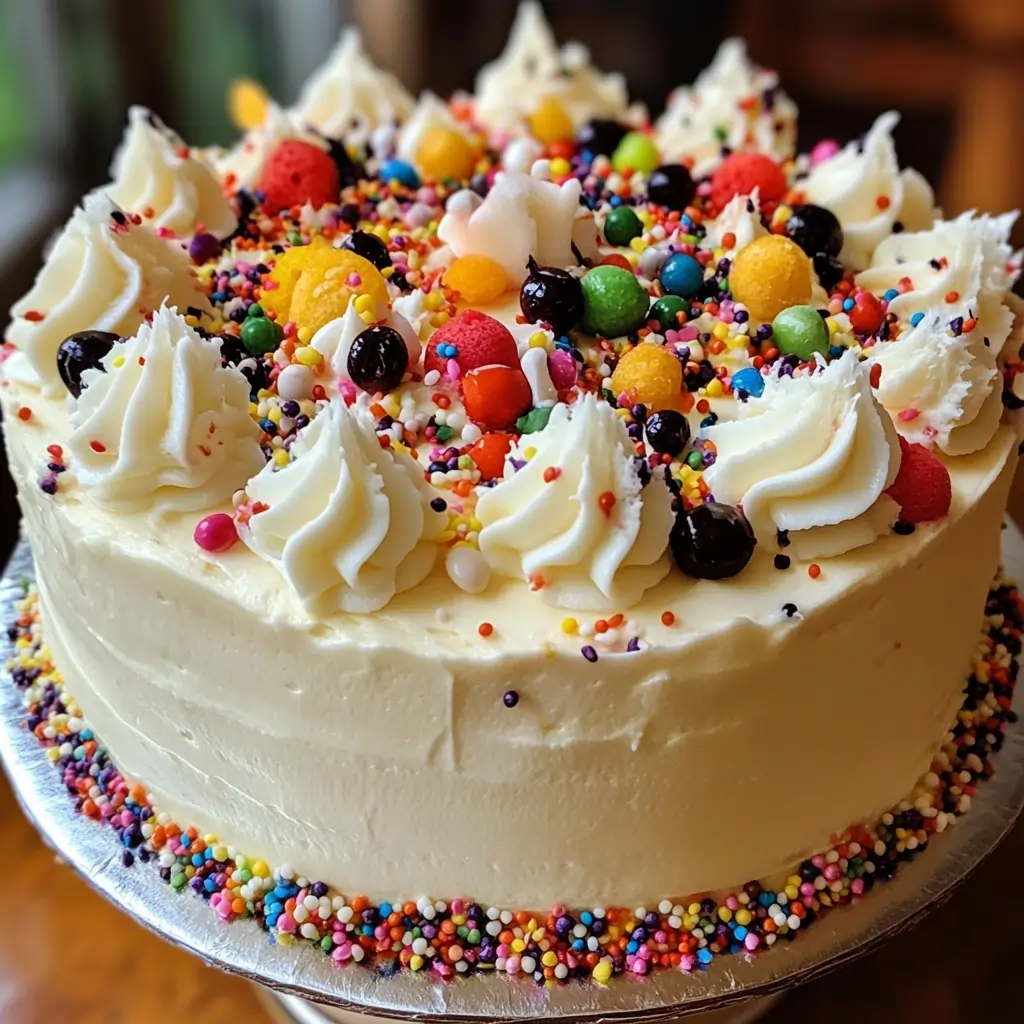
FAQ’s
How to use vanilla bean for cake?
To use a vanilla bean for cake, start by splitting the pod lengthwise with a sharp knife. Next, use the back of the knife to scrape out the tiny black seeds from the inside of the pod. These seeds are rich in flavor and will enhance your cake significantly. Incorporate the scraped seeds into your cake batter during the mixing process, along with the other wet ingredients. Additionally, you can add the empty pod to your milk or cream to infuse it with vanilla flavor, then remove it before adding the liquid to the batter. This method ensures that your cake benefits from the full depth of flavor that a vanilla bean provides.
Can I use vanilla bean paste in cakes?
Yes, you can use vanilla bean paste in cakes as an excellent substitute for whole vanilla beans or vanilla extract. Vanilla bean paste contains both the seeds and the extract from vanilla beans, providing a similar flavor profile. Generally, you can replace one vanilla bean with 1 to 2 teaspoons of vanilla bean paste. This substitution not only enhances the flavor of your cake but also gives it those charming specks of vanilla seeds, reminiscent of using a whole bean. Just mix the paste into your wet ingredients, and your cake will turn out delicious.
What is the difference between pound cake and vanilla cake?
The primary difference between pound cake and vanilla cake lies in their ingredient ratios and texture. Pound cake traditionally consists of equal parts flour, butter, sugar, and eggs, resulting in a dense and rich texture. It is often baked in a loaf pan and has a slightly firmer crumb. On the other hand, vanilla cake typically has a lighter texture, achieved by using a higher ratio of flour to fat and incorporating additional leavening agents like baking powder. This results in a fluffy and airy cake. While both cakes can be flavored with vanilla, their textures and preparation methods set them apart in the world of baking.
How much vanilla extract is in a vanilla pod?
A single vanilla pod (or vanilla bean) typically contains the flavor equivalent of about 1 to 2 teaspoons of vanilla extract. The exact amount can vary based on the bean’s size and quality. When substituting vanilla extract for a vanilla pod in recipes, a common guideline is to use 1 teaspoon of extract for every half a vanilla bean. This conversion helps ensure that you achieve a similar depth of flavor in your baking, whether you’re using a vanilla pod or extract in your recipes.
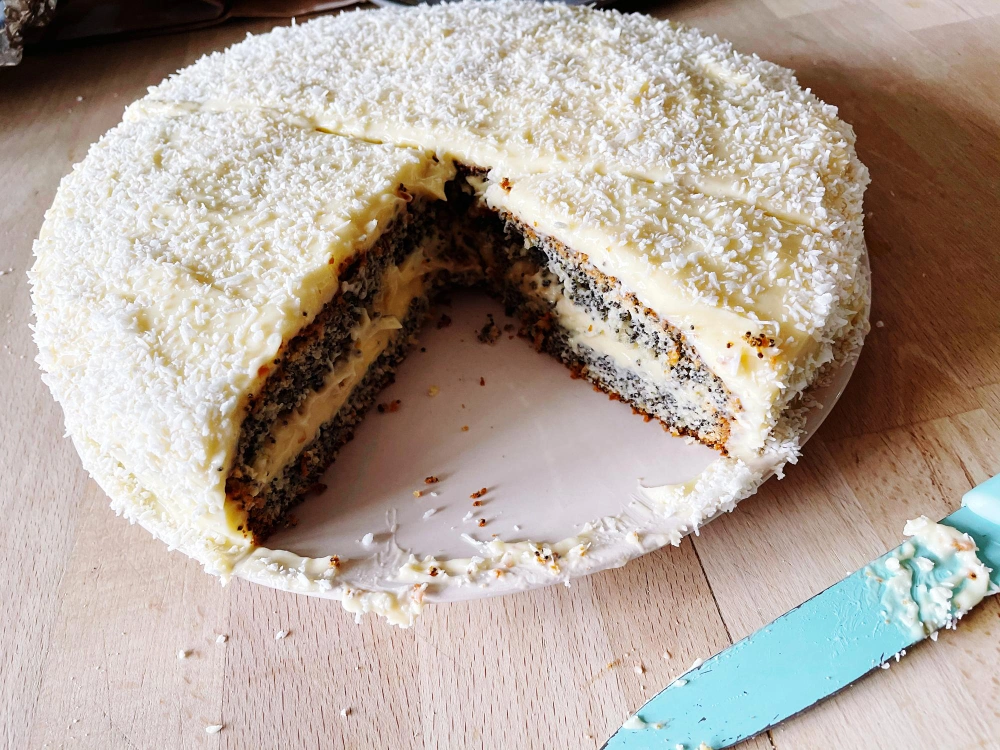
Conclusion
In conclusion, the vanilla bean cake recipe offers a delightful combination of flavor, texture, and versatility. By using real vanilla beans, you elevate the cake to a gourmet level that is sure to impress your guests. With the right ingredients, tools, and techniques, crafting this cake becomes an enjoyable experience. Remember to follow the detailed steps and tips provided to achieve the best results. Whether you choose to enjoy it plain, decorated, or as part of a larger dessert spread, this cake is bound to become a favorite in your baking repertoire.
Happy baking!
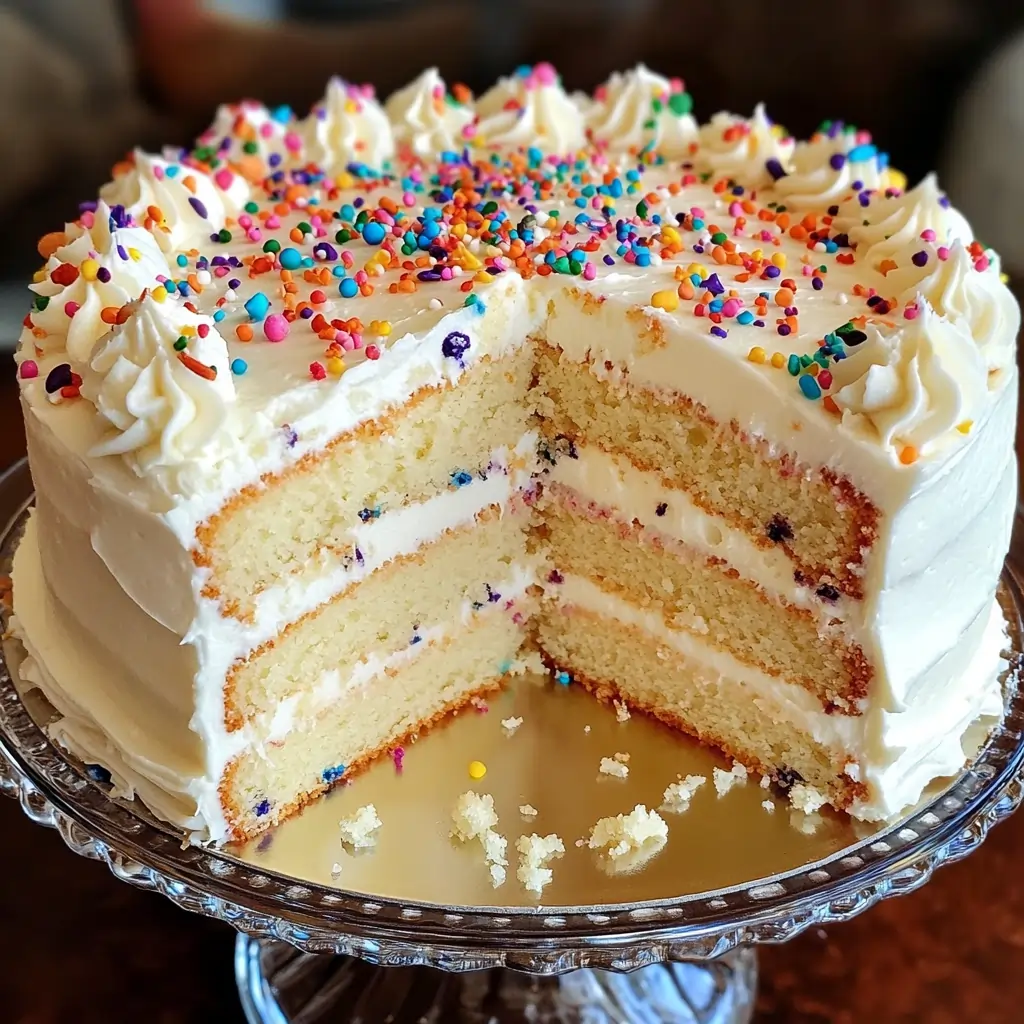

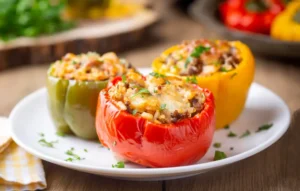
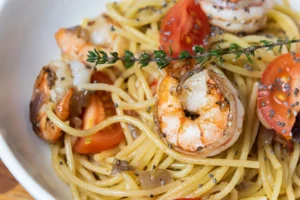
3 thoughts on “Vanilla Bean Cake Recipe You Must Try Today”